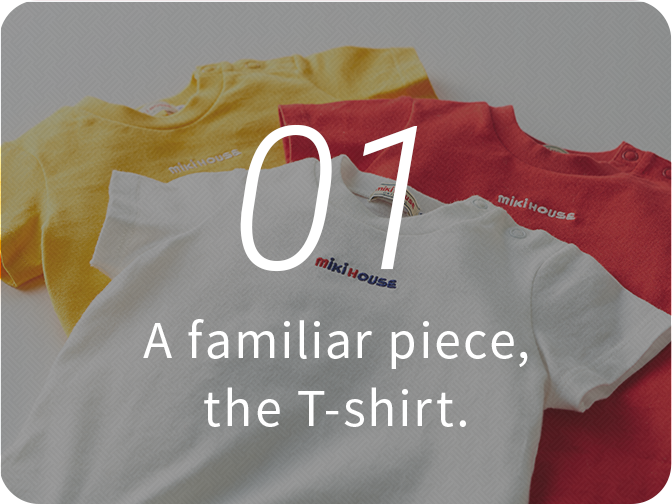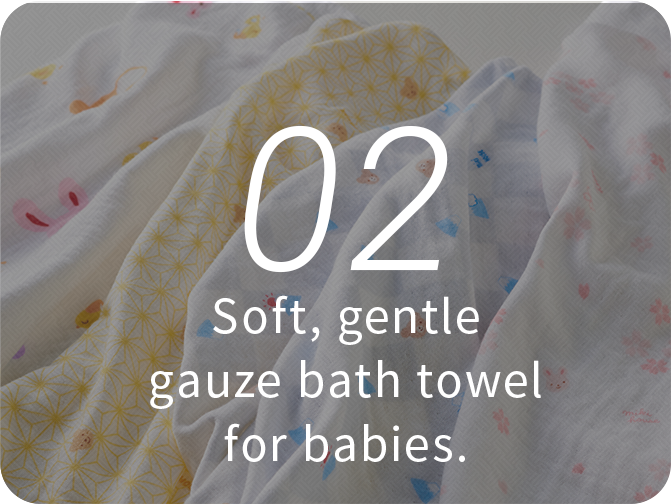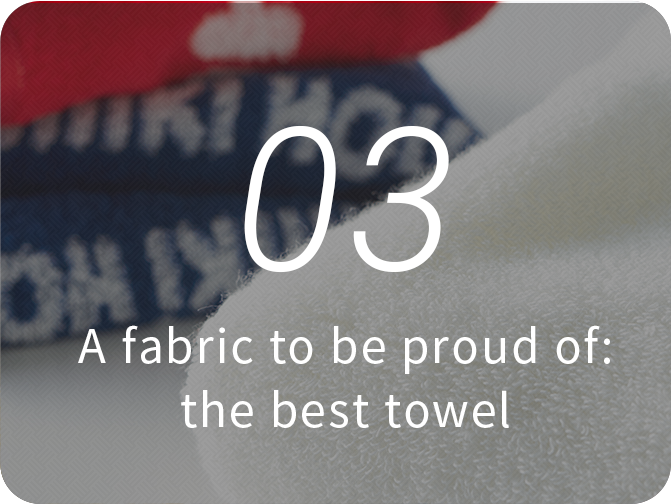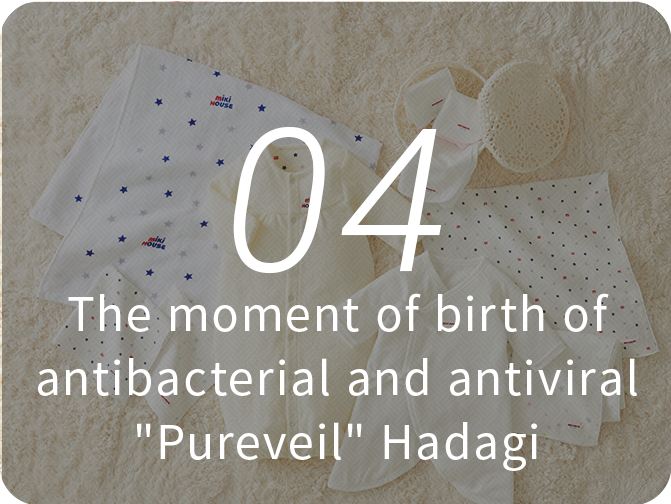Power to create “from Zero to One” comes from inquisitiveness and enthusiasm.
The moment of birth of antibacterial and antiviral "Pureveil" Hadagi
One day around 2008, Kurabo Industries' Susumu Katsuen was at the venue of "Innovation Japan (university trade fair)". It was because his boss, the general manager of the engineering department, told him, "For new product development, I want you to find excellent and safer materials that can be applied to our products."
The large venue was lined with booths that presented research results and new technologies created by universities nationwide with the aim of industry-academia collaboration. Younger engineers passionately talked about their best proposals to the people from the corporations.

















